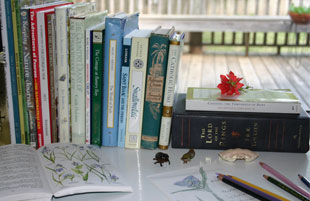

Oh, Dearest Mother, Sweetest Virgin of Altagracia, our Patroness. You are our Advocate and to you we recommend our needs. You are our Teacher and like disciples we come to learn from the example of your holy life. You are our Mother, and like children, we come to offer you all of the love of our hearts. Receive, dearest Mother, our offerings and listen attentively to our supplications. Amen.
 Topic: June Artist - Prehistoric Cave Painting
Topic: June Artist - Prehistoric Cave Painting









